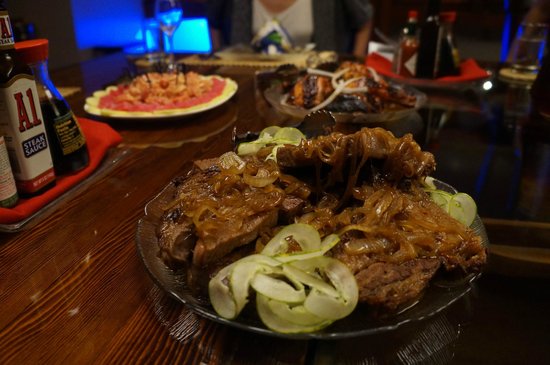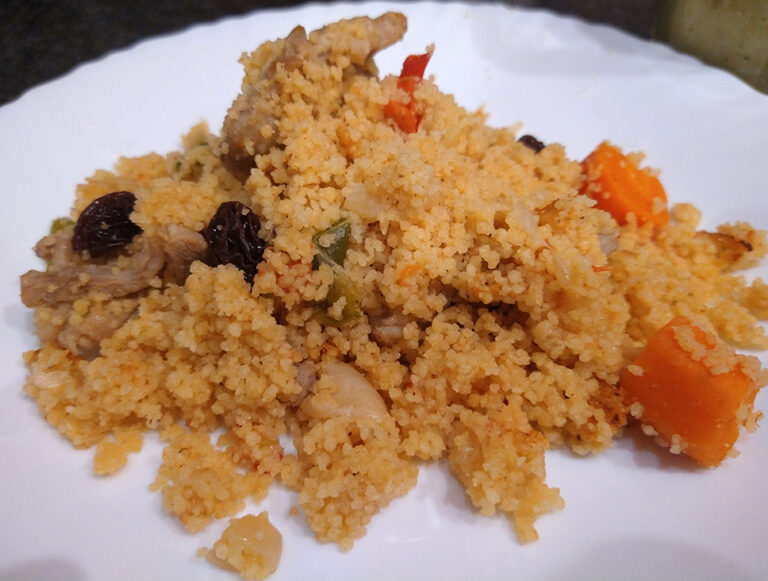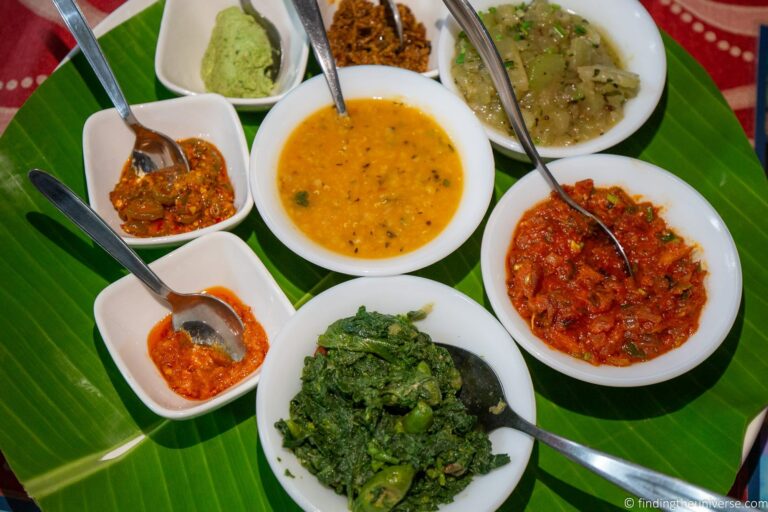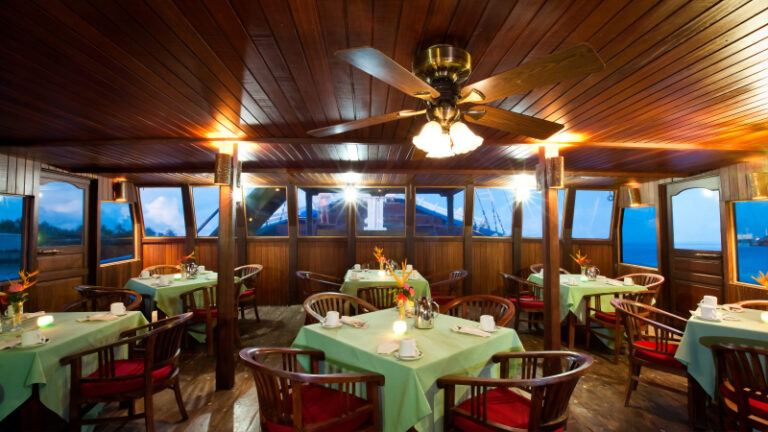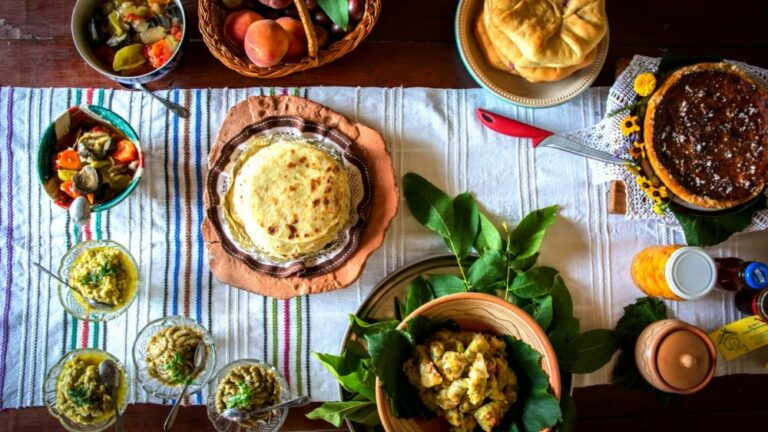Introduction: Traditional Marshallese cuisine
Marshallese cuisine is a unique blend of local and imported ingredients that reflect the history and culture of the Marshall Islands. It is heavily influenced by the sea, coconut, and taro, which are considered the main staples of Marshallese cooking. Traditional Marshallese cuisine is characterized by simple yet flavorful dishes that are often cooked using simple techniques, such as steaming, baking, or grilling over an open flame.
Exploring Marshallese cuisine beyond home
Marshallese cuisine is not widely available in restaurants outside of the Marshall Islands. However, some local restaurants in the Marshall Islands offer traditional Marshallese dishes on their menu. The best way to experience authentic Marshallese cuisine, though, is by visiting a Marshallese household. Marshallese people are known for their hospitality, and they often welcome guests with a feast of traditional dishes.
Challenges in finding traditional Marshallese food
One of the biggest challenges in finding traditional Marshallese food in restaurants is the availability of ingredients. Many of the ingredients used in Marshallese cooking are not commonly found outside of the Marshall Islands. Moreover, traditional Marshallese cooking techniques are also not widely known or practiced in commercial kitchens.
Restaurants serving Marshallese dishes
Despite the challenges, a handful of restaurants in the Marshall Islands offer traditional Marshallese dishes on their menu. One such restaurant is the Tide Table Restaurant, which is known for its seafood dishes, such as grilled tuna and lobster, as well as its traditional Marshallese dishes, such as wot, a coconut-based dish that is similar to a curry.
Adapting Marshallese cuisine to modern taste
To make Marshallese cuisine more accessible to a wider audience, some restaurants have adapted traditional dishes to modern taste. For instance, the Palace Hotel in Majuro offers a fusion menu that combines Marshallese ingredients with Western cooking techniques. The result is a unique blend of flavors that appeals to both locals and tourists alike.
Preserving Marshallese food culture in restaurants
While it is challenging to find traditional Marshallese food in restaurants, the increasing popularity of Marshallese cuisine has led to a renewed interest in preserving Marshallese food culture in restaurants. Some chefs are now incorporating traditional Marshallese ingredients and cooking techniques into their menu to provide a more authentic dining experience. This is not only good for business but also helps to preserve Marshallese food culture for future generations.

